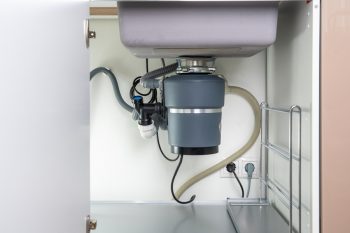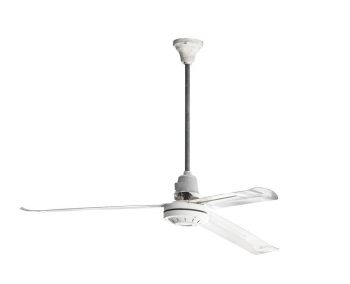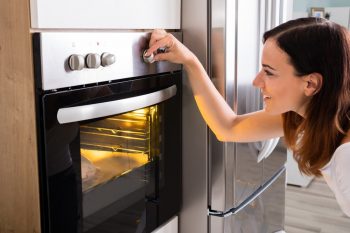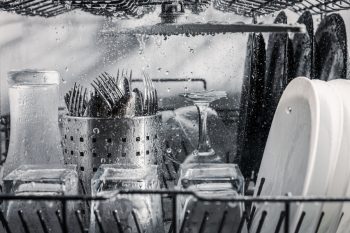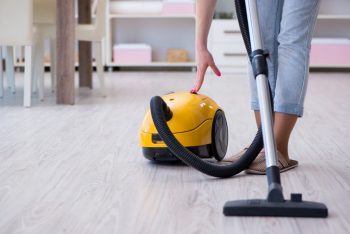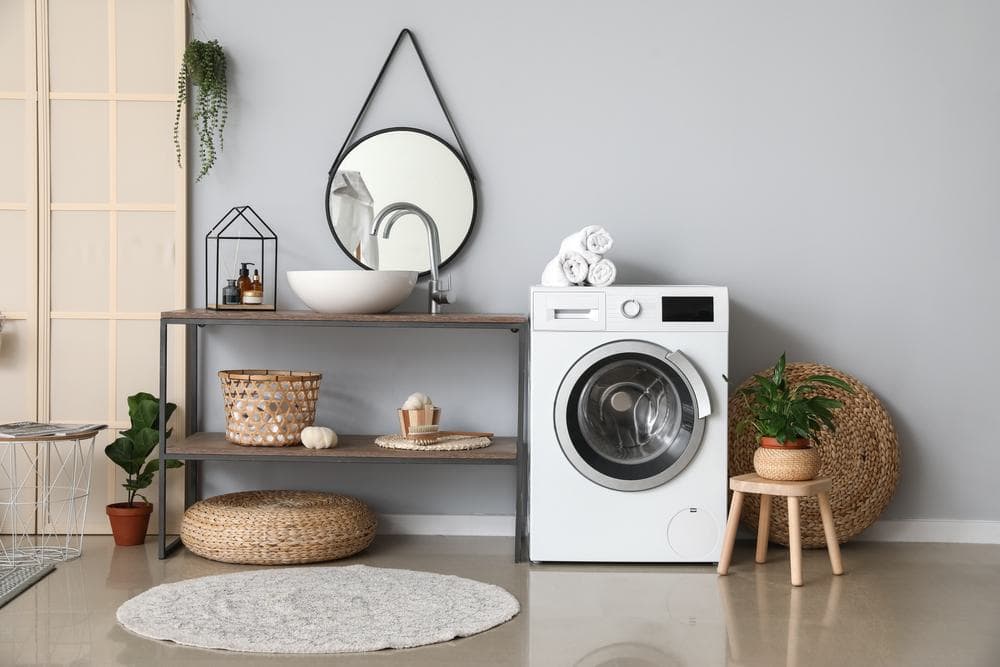
Repairing a washing machine’s PCB (Printed Circuit Board) can be a challenging task, but with the right tools and a bit of know-how, you can tackle this job yourself. In this comprehensive guide, we’ll walk you through the process step-by-step, offer tips and tricks along the way, and help you avoid common pitfalls.
To repair a washing machine PCB board, first diagnose the problem using a multimeter. If the issue is with the board, remove it from the machine and inspect for visible damages. Use a soldering iron and desoldering braid to remove any damaged components, then solder new ones onto the board. Test the board to ensure the repair was successful before reassembling the washing machine. Always remember to take necessary safety precautions when working with electrical appliances.
What is a PCB Board in a Washing Machine?
A PCB board in a washing machine is the appliance’s control center. It’s responsible for managing all the electrical functions, from the wash and rinse cycles to water levels and detergent dispensing. The PCB board is, in essence, the “brain” of your washing machine, ensuring all washing functions are carried out correctly and efficiently.
Common Issues with Washing Machine PCB Boards
PCB boards can encounter a range of issues, from water damage and overheating to power surges and component failure. Some common signs that your PCB board might be faulty include an unresponsive machine, unusual sounds, a burning odor, or all the control panel lights flashing simultaneously.
Tools and Materials You’ll Need
Before you get started, you’ll need to gather the necessary tools and materials:
- Screwdriver
- Soldering iron
- Desoldering braid or solder sucker
- Multimeter
- Replacement components
- Conformal coating
Safety Measures to Follow
Safety should always be your priority when working with electrical appliances. Always unplug your washing machine before starting any repairs, and wear appropriate safety gear, such as gloves and safety glasses. It’s also crucial to work in a well-ventilated, well-lit area.
Step-by-Step Guide to Repairing a Washing Machine PCB Board
Once you’ve gathered your tools and taken the necessary safety precautions, follow these steps to repair your washing machine’s PCB board:
- Diagnose the problem: Use a multimeter to test the board for continuity. If the multimeter registers no continuity, the board is likely the issue.
- Remove the PCB board: Once you’ve identified the problem, remove the PCB board from the washing machine.
- Inspect the board: Look for any visible damage, such as burnt components or broken traces.
- Remove damaged components: Use a soldering iron and desoldering braid to remove any damaged components.
- Replace components: Solder new components onto the board, ensuring they’re correctly oriented and securely attached.
- Test the board: Before reassembling the washing machine, test the PCB board to ensure the repair was successful.
- Reassemble the washing machine: If the board is functioning correctly, reassemble the washing machine and reconnect it to the power source.
Conclusion
Repairing a washing machine’s PCB board can be a complex task, but with the right tools, safety precautions, and a step-by-step approach, it’s an achievable DIY project. However, if you’re unsure or uncomfortable at any point, don’t hesitate to consult a professional. Your safety and the proper functioning of your appliance are always paramount.
Remember, regular maintenance and proper care of your washing machine will help prevent PCB board issues and ensure your appliance runs smoothly for years to come.
Frequently Asked Questions
What is a multimeter and how do I use it?
A multimeter is a versatile tool used to measure electrical properties such as voltage, current, and resistance. To use it, you’ll need to connect the probes to the circuit or component you’re testing. The black probe goes into the common terminal, while the red probe goes into the terminal that matches what you want to measure. Set the dial to the appropriate function and range, then read the value on the display.
How do I know if a component on the PCB board is damaged?
Damaged components may exhibit visible signs such as being burnt, cracked, or bulging. You might also notice a burnt smell. If a component is damaged, your multimeter will likely show a lack of continuity or an abnormal value when you test the component.
What is a conformal coating and why do I need it?
A conformal coating is a thin protective film that’s applied to the PCB board. It helps protect the board and its components from environmental factors such as dust, moisture, and temperature extremes. Applying a conformal coating can help prolong the life of your PCB board and prevent future issues.
What is the purpose of desoldering braid or a solder sucker?
A desoldering braid, also known as solder wick, and a solder sucker are tools used to remove solder from a circuit board. They’re essential when you need to remove a damaged component from the board. The desoldering braid works by absorbing molten solder, while a solder sucker uses a vacuum to pull the solder away.
How do I know if the PCB board repair was successful?
After replacing the damaged components and applying a conformal coating, you can test the PCB board using your multimeter. If the board now shows continuity where it previously didn’t, or if the previously abnormal values have returned to normal, the repair was likely successful. Also, the washing machine should return to normal operation once the repaired PCB board is reinstalled.


